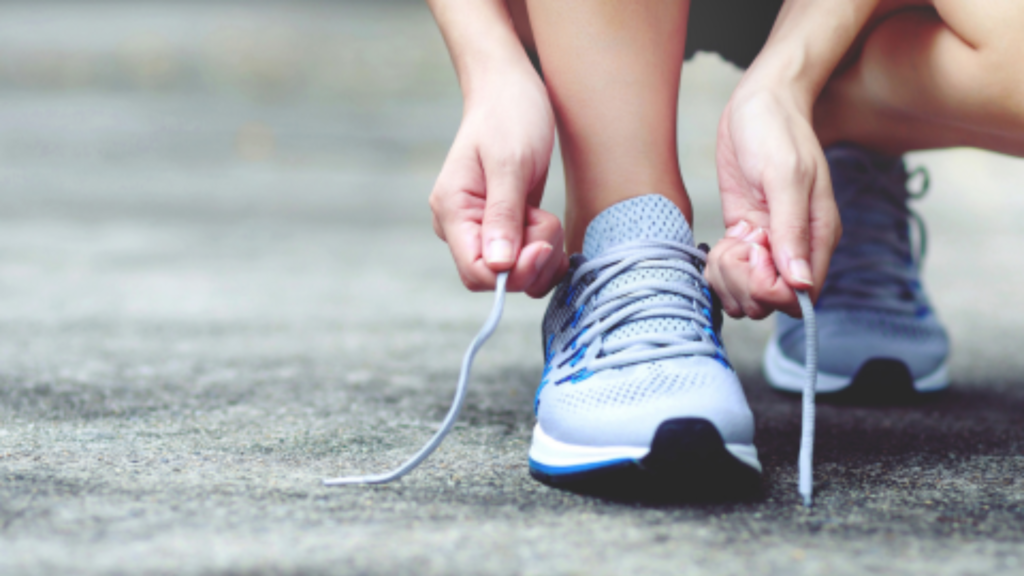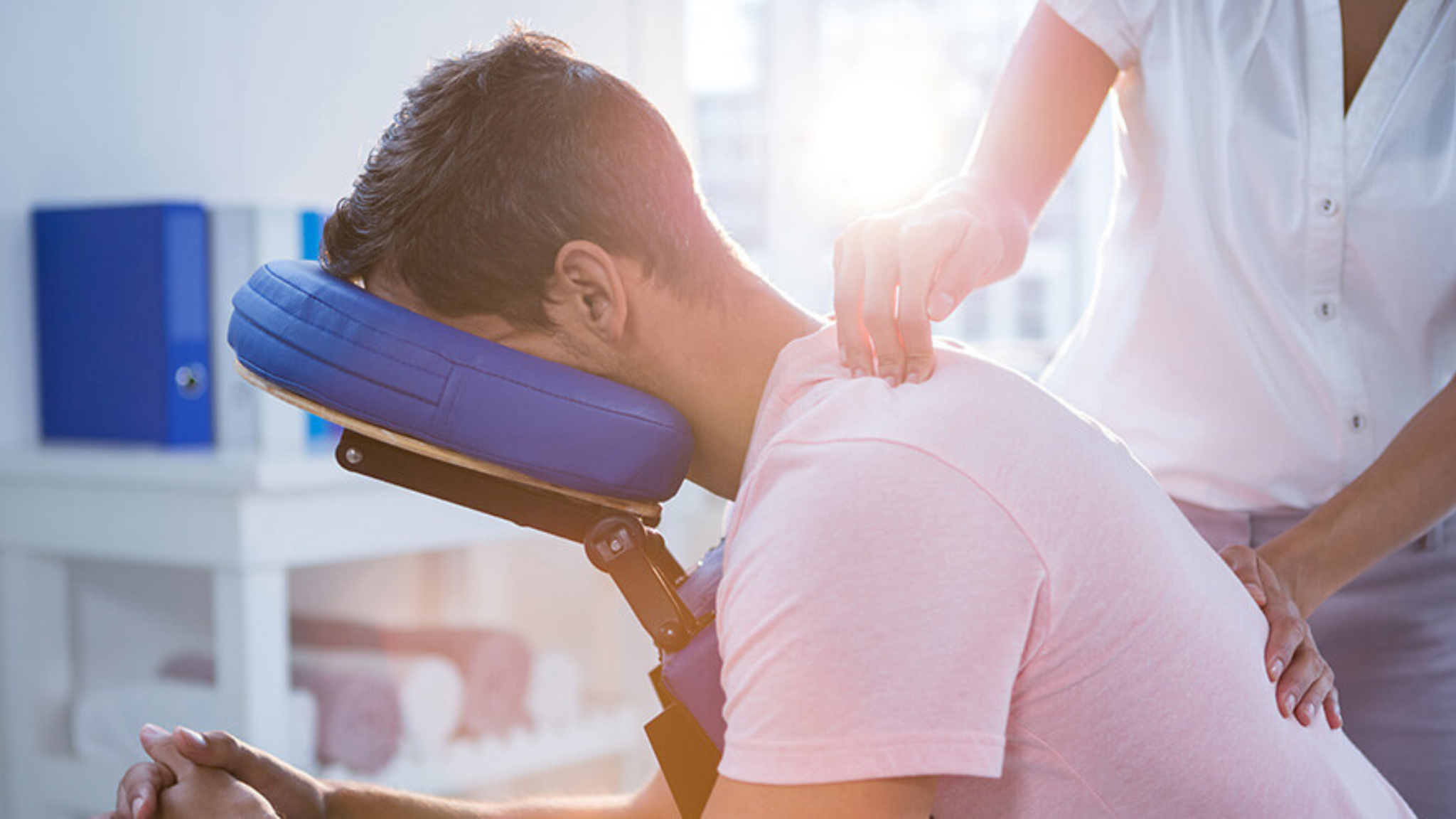The Hidden Benefits of Health Massage: What Medical Experts Won’t Tell You
88 percent of Americans now see health massage as beneficial for wellness, and this isn’t just another trend.
The numbers tell an impressive story – U.S. adults using massage therapy have more than doubled since 2002, with an increase from 4.8 percent to 10.9 percent in 2022.
Massage therapy has transformed from a luxury spa treatment into a recognized medical intervention. Medical professionals now recommend massage along with standard treatments for conditions of all types, including anxiety, depression, fibromyalgia, and chronic pain.
Research has also shown clear benefits like better circulation, improved sleep quality, and a stronger immune response.
This piece will reveal the hidden benefits of massage therapy that even medical experts rarely mention. The science-backed advantages range from cellular repair to brain chemistry’s effects, making massage an essential part of modern healthcare.
The Science Behind Health Massage Benefits
Massage therapy creates deep changes in our body’s core systems. Research shows a 15-minute moderate-pressure massage triggers major physiological responses in our body.
How health massage affects your nervous system
Therapeutic touch makes your nervous system respond in remarkable ways. Your body moves from “fight or flight” mode to a calmer state as massage activates the parasympathetic nervous system.
Studies show massage therapy affects three main biochemical compounds: dopamine, serotonin, and cortisol. Regular massage sessions for two weeks lead to a noticeable drop in sympathetic nervous system activity.
Impact on blood circulation
Massage therapy brings both immediate and lasting effects on circulation. Studies reveal massage improves blood flow after exercise, and these benefits last up to 72 hours.
Blood and lymphatic circulation get a boost that helps remove waste products while delivering nutrients to muscles and organs.
Changes in hormone levels
Massage therapy’s effects on hormones are remarkable. Research has documented these specific changes:
- Oxytocin levels increase by 17% after a 15-minute massage
- Adrenocorticotropic hormone decreases by 6% following massage therapy
- Cortisol levels drop during one-hour sessions
These hormonal changes help reduce anxiety, ease pain, and improve mood. The mix of increased serotonin and decreased cortisol powerfully affects our body’s stress response system.
Massage therapy influences the autonomic nervous system through multiple pathways, which leads to better heart rate variability and stress management.
The pressure during massage creates friction between the skin and fingers which makes blood vessels dilate and improves circulation overall.
Health Massage: Hidden Effects on Your Body

Medical science has started to uncover the remarkable cellular changes that massage therapy triggers beneath its surface-level relaxation. New research shows how massage affects our body at microscopic levels.
Cellular repair acceleration
Massage therapy doubles the rate of muscle regeneration and reduces tissue scarring over two weeks. The muscle tissues experience a strain of 10-40% from mechanical forces during massage.
This strain helps muscle fiber regeneration. Studies show that cells increase their mitochondrial activity after massage, which helps the body’s natural repair mechanisms work better.
Immune system boost
Our immune defenses become stronger through several pathways with health massage. Research shows these improvements in immune function:
- White blood cell count increases by 28% after massage sessions
- Lymphocyte levels rise substantially to fight diseases better
- Massage reduces inflammatory cytokines like NSAIDs but has no side effects
- Lymphatic circulation improves and helps clear cellular debris right away
Compression and release movements help flush toxins through the lymphatic system. The benefits last up to 72 hours after treatment. Each session’s effects continue long after you leave the massage table.
Health Massage: Pain signal disruption
Massage blocks pain signals naturally and works as an effective pain reliever. Massage therapists activate large nerve fibers that compete with pain signals by applying pressure.
This process, known as the gate control theory, without doubt, reduces pain perception by stopping pain messages from reaching the brain.
The body responds to massage at deeper levels by releasing natural painkillers. Research shows that massage therapy helps produce endorphins.
These endorphins mask pain so well that they override existing pain signals. Massage also reduces inflammatory cytokines, which decreases secondary injury and nerve sensitization.
Beyond Physical Health Benefits

Research shows deep connections between health massage and mental well-being through measurable changes in brain chemistry. Brain scans reveal that massage therapy activates several brain regions.
These include the amygdala, hypothalamus, and anterior cingulate cortex – the parts that control stress and emotions.
Health Massage: Brain chemistry changes
Massage changes brain chemistry in several important ways:
- Serotonin levels go up, which helps fight depression
- The brain produces more dopamine to boost mood and motivation
- Cortisol levels drop, which reduces stress and anxiety
- The body releases more endorphins that act as natural painkillers
These chemical changes in the brain explain why massage therapy helps reduce anxiety which affects millions of Americans.
Research shows that massage therapy works as well as psychotherapy for some conditions. Veterans who received massage treatments reported their anxiety, worry, and depression decreased by a lot.
Sleep quality improvement
Sleep disorders affect 50-70 million Americans, but massage therapy provides a natural solution. Studies confirm impressive improvements in sleep patterns in people of all backgrounds.
Scientists found that people who got regular massage therapy slept better and entered deep sleep faster. Cancer survivors often have twice as many sleep problems as others, but therapeutic massage has shown amazing results.
The therapy helps improve their REM sleep patterns and lets them sleep more deeply. Women after menopause who had insomnia also slept better with massage therapy.
Their sleep diaries showed they fell asleep more quickly and woke up feeling more rested. These women also felt less depressed and anxious.
Studies show that even a short massage can trigger good changes in brain chemistry. One hour of massage lowers cortisol and increases serotonin.
This change in hormones creates perfect conditions for better mental health and sleep. The benefits last – regular massage sessions keep improving sleep patterns and mental health over time.
Long-term Health Massage Changes

Regular health massage sessions are a great way to get long-term protection against medical conditions of all types.
The World Health Organization reports that 60% of all deaths relate to chronic diseases. This statistic shows why we need preventive approaches.
Chronic disease prevention
Health massage helps prevent diseases through multiple pathways. The therapy reduces inflammation at the time it starts. This inflammation reduction acts as a key driver of many age-related diseases.
The therapy’s effects on cardiovascular health stand out – it reduces stress on the cardiovascular system and improves vessel health by enhancing oxygenation and nutrient delivery.
Research shows that massage therapy lowers inflammatory markers in the body. This helps create healthier joints and organs.
Lower inflammation levels combined with better circulation create a strong defense against chronic conditions. Regular massage sessions can help manage and prevent conditions such as:
- Osteoarthritis and joint-related issues
- Fibromyalgia symptoms (at the time you continue for at least 5 weeks)
- Chronic musculoskeletal pain
- Depression and anxiety-related disorders
Aging process affects
Our bodies go through various changes that affect health and mobility as we age. In spite of that, massage therapy brings specific benefits to aging bodies. Studies suggest that massage can help counter many age-related challenges.
The aging process brings gradual changes to multiple body systems. Massage therapy’s effects become more vital over time.
Research indicates that 90% of elderly individuals have at least one chronic medical condition. This makes preventive care a vital part of healthcare.
Massage therapy affects aging bodies beyond immediate relief. It helps maintain independence and self-sufficiency as global life expectancy increases. The worldwide population of persons over 60 represented 11.7% in 2013 and will reach 21% within three decades.
Regular massage sessions support healthy aging in older adults by improving blood vessel health and reducing blockages.
The therapy boosts oxytocin production, which works with the parasympathetic nervous system to regulate heart rate and breathing. These body changes help protect against heart attacks, strokes, and diabetes.
The most exciting finding shows massage therapy’s effects on dementia. Studies reveal that even brief massage sessions can reduce agitation and wandering habits commonly linked to dementia by a lot. This discovery opens new possibilities to manage age-related cognitive decline without pharmaceuticals.
Choosing the Right Health Massage Type
You need to think about your wellness goals and physical condition to pick the right massage type. Before you book a session, take time to review your needs and talk about them with a qualified therapist.
Match your health goals
Knowledge about different massage types helps you match them to your wellness goals.
Swedish massage works best for newcomers who want overall relaxation because it’s gentle and flowing. Deep tissue massage targets chronic pain and muscle tension through slow, focused strokes.
Sports massage offers special benefits to athletes and physically active people:
- Prevents and treats injuries
- Improves flexibility
- Boosts athletic performance
- Speeds up recovery time
Beyond these common types, specialized techniques like trigger point therapy help release tight muscle areas, while myofascial release works on connective tissue around muscles. Each technique serves a unique purpose, whether you want stress relief or pain management.
Think about your medical history
Licensed Massage Therapists need your detailed health information to give you safe and effective treatment. They need a full medical history, unlike standard spa services.
Your previous accidents, job details, and current medications play a vital role in choosing the right massage approach.
To name just one example, people who take blood thinners should only get light pressure massage because deep tissue work might cause bruising.
Many medical conditions need specific changes to the massage plan. You should review certain health factors before getting massage therapy. A full picture helps identify potential risks and work to be done in the treatment plan.
Therapists must know about any sprains, strains, fusions, rods, burns, or joint replacements. They might accidentally use techniques that cause discomfort or complications if you don’t tell them. Getting medical clearance becomes essential when you have chronic conditions.
Your lifestyle substantially affects which massage you should get. Office workers with desk jobs often need to focus on their upper spine and shoulder tension. Active people like triathletes get more stretching and targeted muscle work.
The customization process happens through ongoing work between you and your therapist. Treatment plans change as your needs and goals evolve. This personalized approach will give a maximum therapeutic benefit while keeping you safe.
The success of your massage therapy depends on how openly you share your health status. Your therapist can modify treatments better when you keep them updated about changes in your condition. This teamwork makes massage therapy a safe and beneficial part of your wellness routine.
Conclusion
Health massage does more than just help you relax. Science now proves it has profound effects on our physical and mental well-being.
Research shows that massage therapy creates positive changes throughout our bodies and accelerates cellular repair while improving brain chemistry.
The results are impressive. Muscle regeneration rates double, white blood cell count increases by 28%, and people sleep much better. These proven medical benefits explain why healthcare providers recommend massage with traditional treatments.
Each person needs different things, but regular massage sessions protect against chronic diseases and support healthy aging.
Medical studies confirm that massage helps manage various conditions from arthritis to anxiety. This makes it a valuable part of any wellness routine.
Massage therapy has proven itself as a serious healthcare option. The right type of massage and qualified therapists can help achieve specific health goals – from pain relief to stress reduction and better sleep. Success depends on understanding your needs and keeping good communication with your massage therapist.


